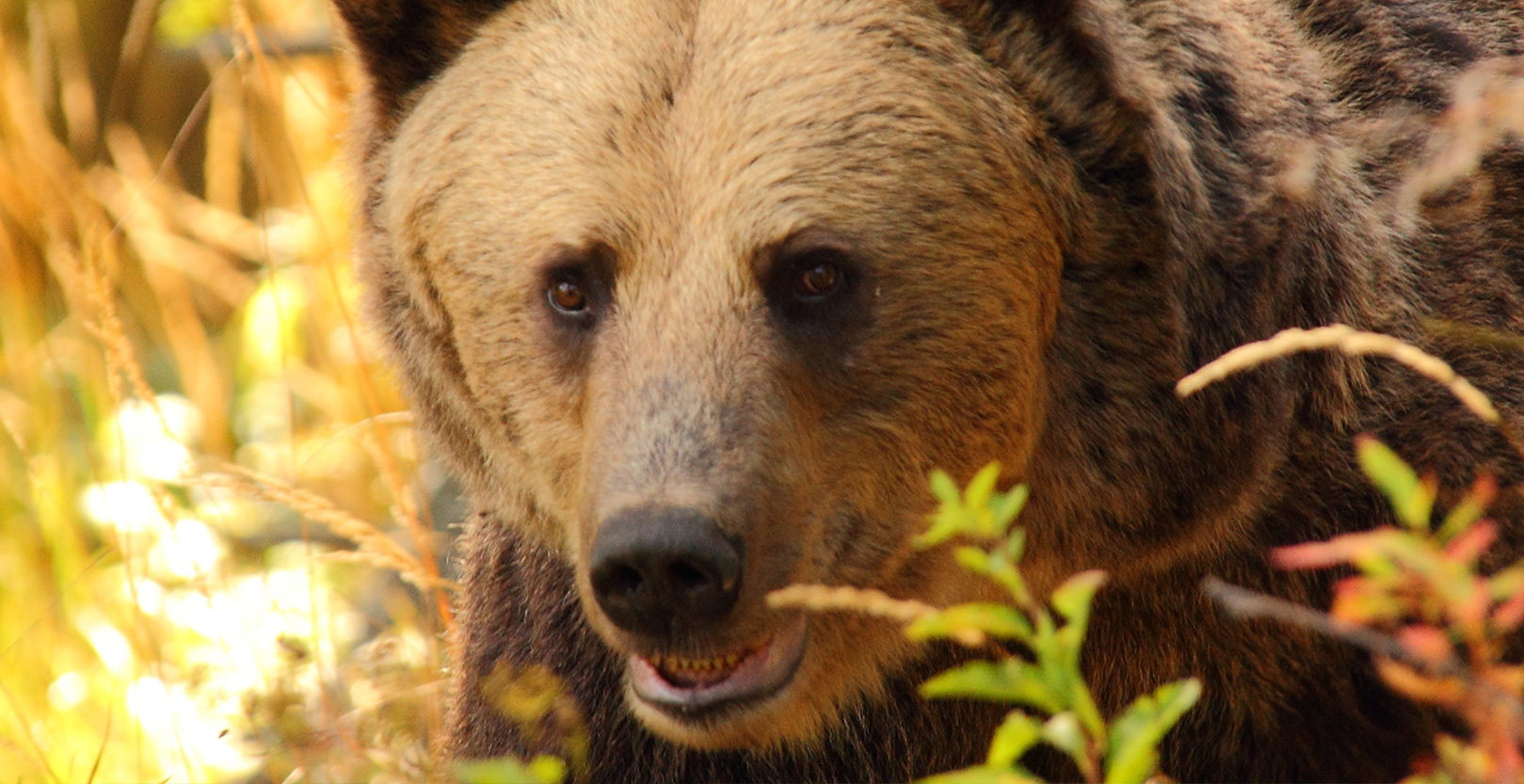Bear cubs are usually born in the lair in the denning period, in January-February. Cubs weigh around 0.5 kg and grow fast gaining in weight up to 700 g per day due to the mother bear’s nourishing milk.
The most important threats to brown bear population in our country are the following:
• Hunting and poaching;
• Destruction and degradation of forest habitats;
• Disrupting important areas of reproduction (e.g.: places with lairs);
• Conflict with farmers because of the attacks of bears on domestic animals and crop damages;
• Bears’ habit to consume waste because of a defective waste management in the bear’s habitat.
WHAT WE DO
• We actively get involved in consolidating the coexistence between humans and bears with solutions to prevent conflicts;
• We are members of the Wildlife Rehabilitation Mobile Unit and we conduct activities to release bears from bear traps and save orphan cubs;
• We rehabilitate orphan or wounded bears in the Wildlife Rehabilitation Centre;
• We conduct field research to gather data regarding the ecology and ethology of bear species. For example, we monitor bear lairs with online live cameras to observe their behavior in the denning period and find the best measures to conserve these lair areas.




